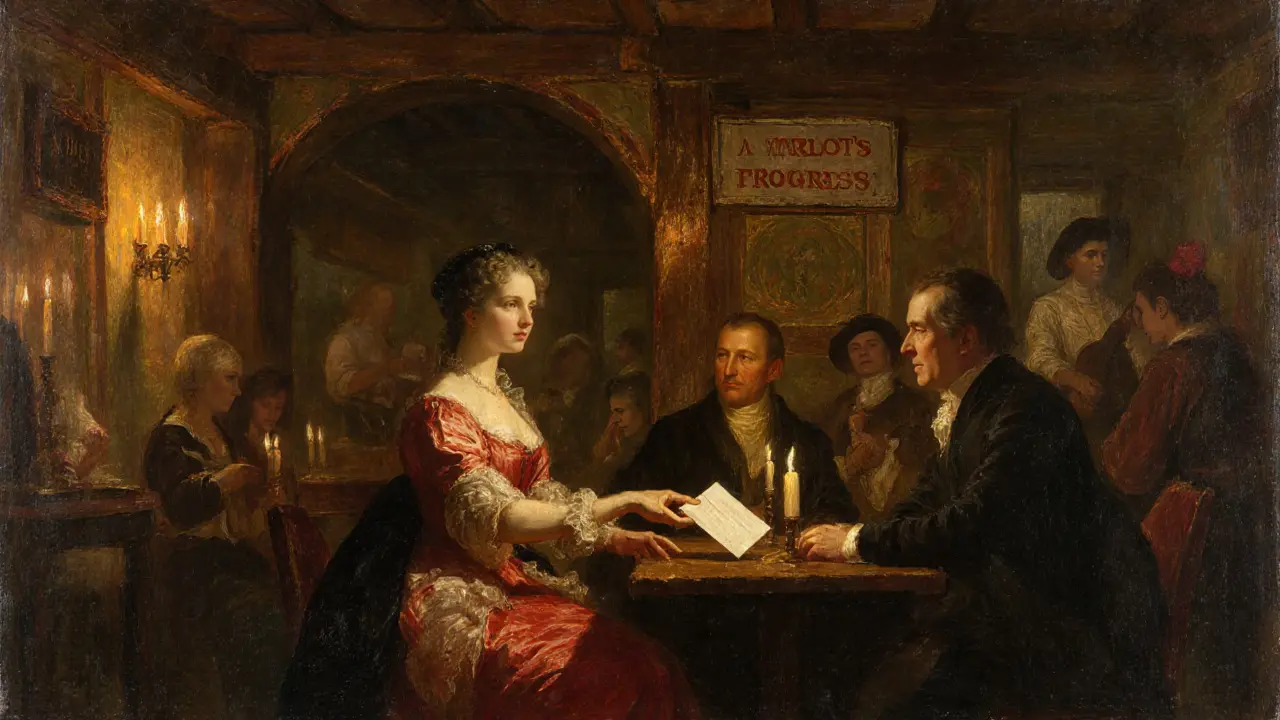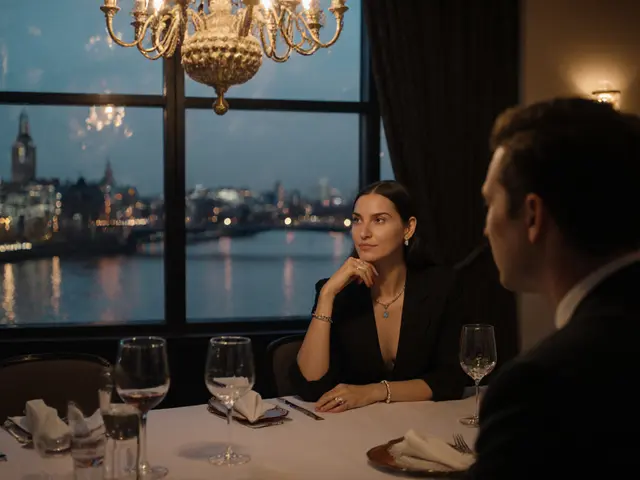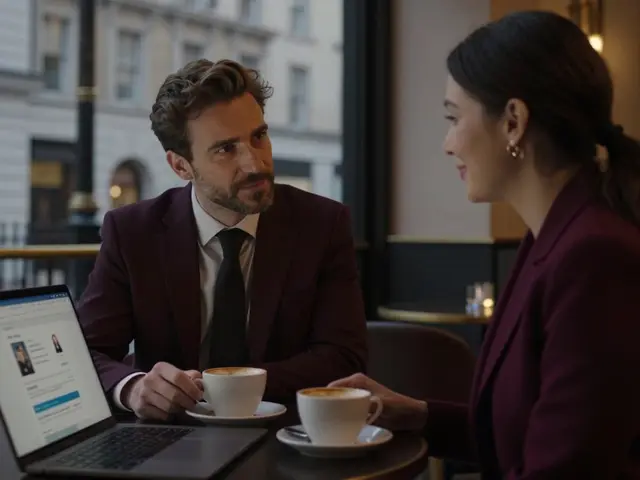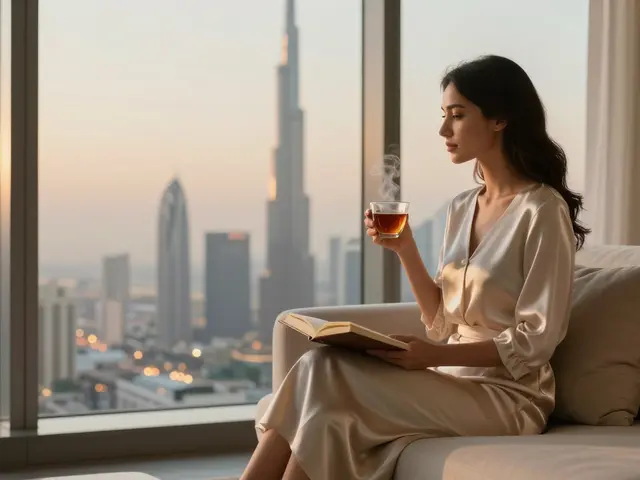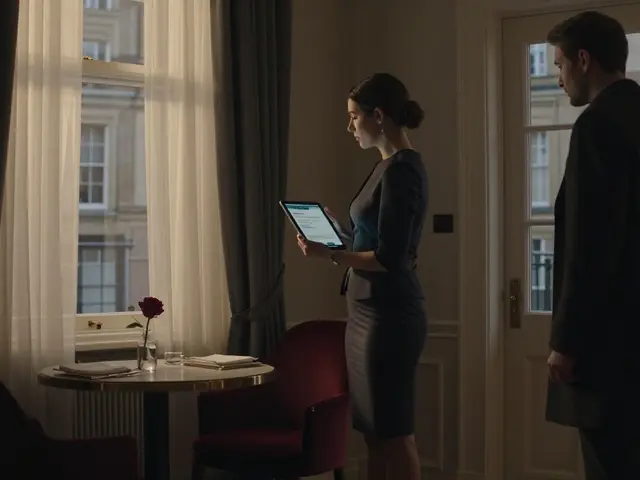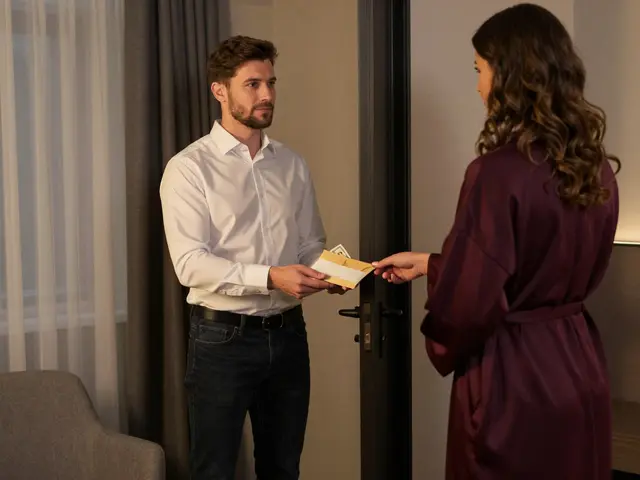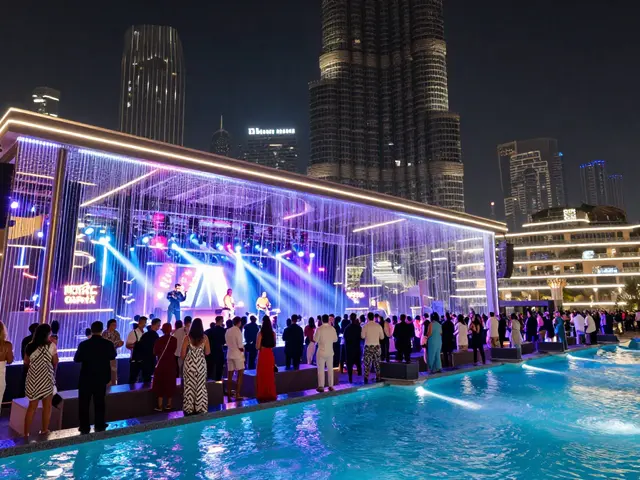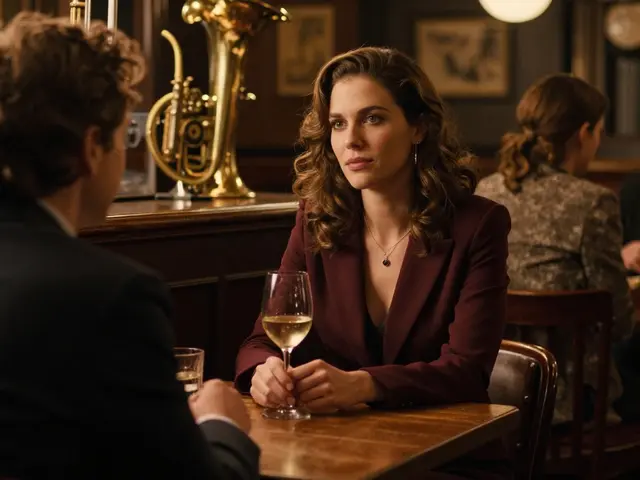Quick Takeaways
- The London escort scene has long inspired visual and performance art.
- Legal changes shape how artists can portray sex work publicly.
- Galleries and nightclubs are increasingly hosting collaborations that blur the line between exhibition and service.
- Understanding client‑escort dynamics offers fresh narrative material for creators.
- Ethical representation respects consent, safety, and the economic realities of sex work.
When you think of Art is a creative practice that spans painting, sculpture, performance and digital media, the escort a professional companionship service that operates within adult entertainment industry in London the capital city renowned for its historic districts and buzzing nightlife might not be the first image that comes to mind. Yet for centuries the two have intersected, from the erotic prints of the 18th‑century taverns to today’s immersive installations inside Soho’s clubs. This article uncovers why the London escort scene matters to artists, what the current legal framework permits, and how the cultural economy benefits from this unlikely partnership.
Historical Roots: Art Depicting Sex Work in London
Sex work the provision of erotic services for remuneration, encompassing escorting, stripping and prostitution has been a recurring motif in British art since the Georgian era. Artists like William Hogarth captured brothel interiors in his series “A Harlot’s Progress,” while 19th‑century photographers such as James WilliamThomson set up studios near the Strand to shoot “café‑concert” portraits. These works served both as social commentary and as clandestine advertisements, blurring the line between fine art and commercial marketing. Galleries that specialized in “cabinet of curiosities” often displayed such pieces, framing the taboo as a collectible aesthetic.
Modern Intersection: Escorts as Live Performance
Today, the nightlife the ecosystem of bars, clubs, after‑hours venues and pop‑up spaces that operate after dark of London has become a stage for performance art that integrates escort services. Some agencies commission dancers to perform choreographed routines that double as introductions to potential clients. In venues like the East End’s “Velvet Room,” artists collaborate with escorts to stage “intimacy workshops,” where the audience watches a scripted encounter that explores themes of power, consent, and desire. These events are billed as “immersive art nights,” offering a legal loophole that classifies the activity as a theatrical production rather than a commercial sex transaction.
Legal Landscape and Its Influence on Creative Expression
The UK’s Sexual Offences Act of 2003 and the subsequent licensing regime for prostitution zones shape how artists can present escort‑related content. Regulation governmental rules governing where and how sex‑related services may be offered requires that any public depiction of a transaction must not facilitate prostitution. Consequently, many galleries opt for “fictionalized” scenarios, employing actors who are not actual escorts but portray the role. This legal pressure has spurred a wave of “meta‑art,” where the very act of censoring becomes part of the piece, highlighting the tension between artistic freedom and public policy.
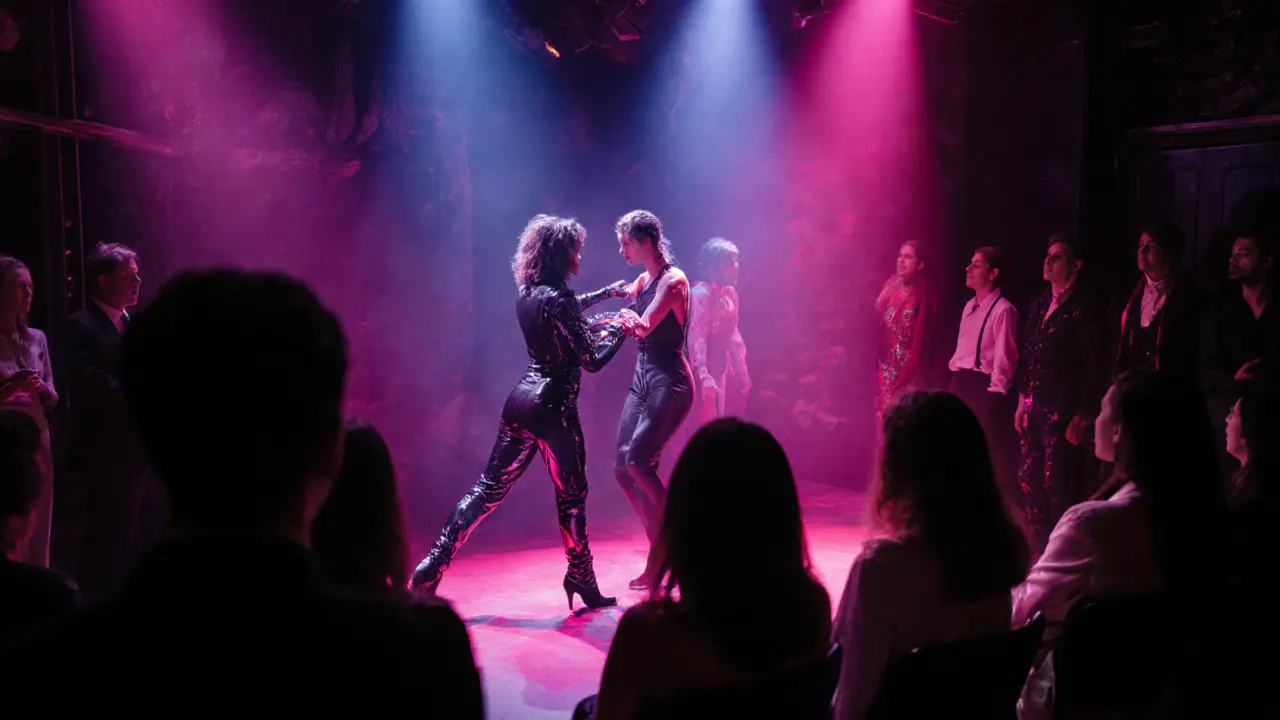
Economic and Social Impact on the City’s Cultural Scene
Both sectors generate significant revenue for the city. According to a 2024 report by the London Economic Forum, the adult entertainment industry contributes roughly £2.3billion annually, with escort services accounting for nearly 30% of that figure. The influx of high‑spending clients stimulates demand for upscale venues, boutique galleries, and bespoke photography studios. Moreover, many former escorts transition into creative careers-photographers, stylists, or curators-bringing insider knowledge that enriches authentic storytelling.
Gallery Spaces and Nightlife Venues Embracing the Theme
Gallery a curated exhibition space that showcases visual works, often for sale or critical review owners in Shoreditch have begun dedicating whole rooms to “Erotic London,” a rotating showcase that commissions artists to explore the city’s escort culture through mixed media. These spaces collaborate with clubs to host after‑hours viewings, where drinks, ambient music, and even “live‑escort” performances create a seamless experience that blurs spectator from participant. The model has proved profitable: ticket sales and artwork commissions together have raised over £150,000 for participating artists in the last year alone.
Comparing Portrayals: Classic Paintings vs. Contemporary Photography
Photography the practice of capturing images using cameras, often employed for artistic or documentary purposes has become the primary medium for documenting the modern escort experience, offering immediacy that painting cannot match.
To see how representation has evolved, compare three key aspects of historic paintings with modern photographic projects.
| Aspect | Classic Paintings | Contemporary Photography |
|---|---|---|
| Medium | Oil on canvas, engravings | Digital DSLR, studio lighting |
| Audience | Patrons of aristocratic salons | Social media users, gallery visitors |
| Intent | Moralizing or titillating narrative | Authentic documentation or artistic critique |
| Legal Exposure | Limited, due to private collections | Subject to UK regulation on public display |
| Visual Style | Idealized, allegorical figures | Raw, candid, sometimes staged |
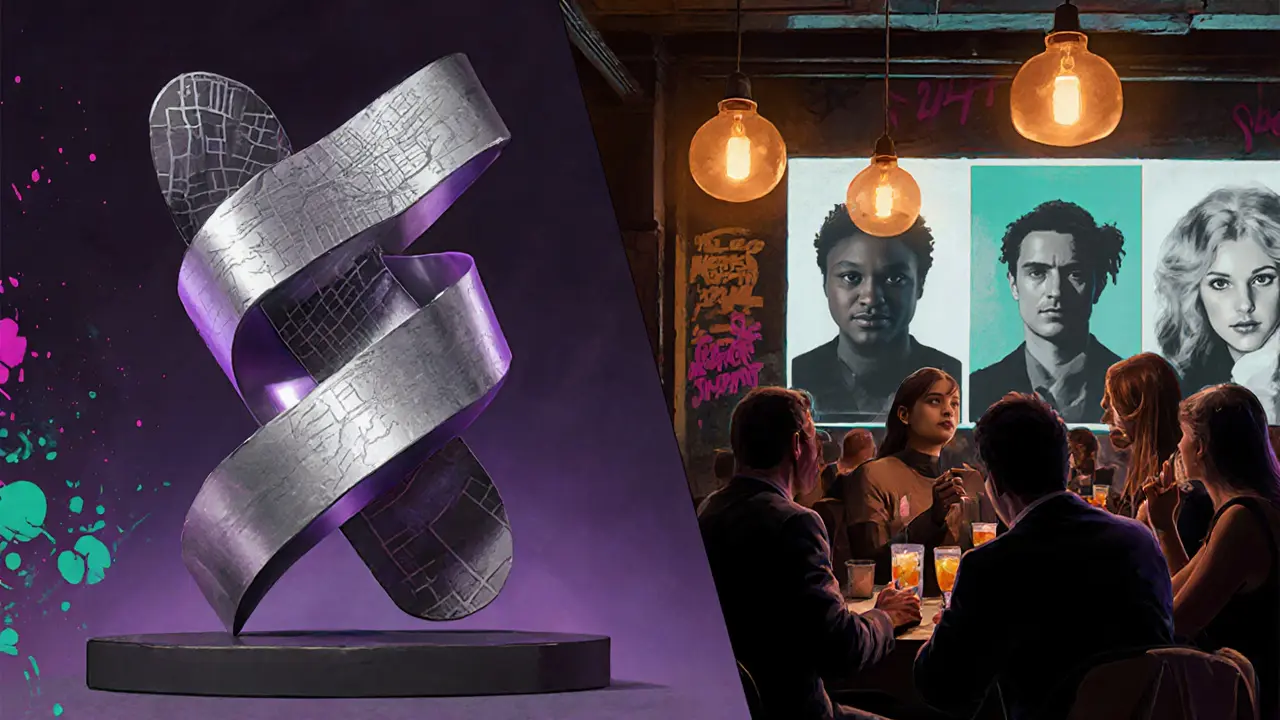
Practical Tips for Artists and Enthusiasts Exploring the Scene
If you want to dive in, keep these pointers in mind:
- Secure informed consent from any escort you photograph or film; written agreements protect both parties.
- Research local licensing rules; frame the work as “performance art” when possible.
- Partner with reputable nightlife venues that already host art events; they handle security and audience management.
- Consider using pseudonyms or blurred faces if the subject prefers anonymity, which also sidesteps potential legal scrutiny.
- Leverage social platforms like Instagram’s “Art & Nightlife” hashtags to reach a niche audience interested in both scenes.
Common Misconceptions and Pitfalls
A frequent myth is that any depiction of an escort automatically glorifies prostitution. In reality, critical art can expose exploitation, challenge stereotypes, and spark policy debate. Another trap is treating the escort as a mere prop; without genuine collaboration, the work can feel exploitative and alienate both artistic peers and the sex‑work community. Finally, neglecting the legal nuance-such as filming inside a licensed brothel without permission-can lead to criminal charges, shutting down projects before they reach the public.
Frequently Asked Questions
Is it legal to photograph escorts in public areas of London?
Public photography is allowed, but if the image is used to promote a sexual service it can breach the Sexual Offences Act. Artists should obtain consent and avoid showing explicit transactions.
Can galleries exhibit erotic art without a licence?
Yes, as long as the pieces are presented as artistic expression and do not facilitate a prostitution act. Many venues label exhibitions as “performance” or “installation” to stay within the law.
Do escorts often collaborate with artists voluntarily?
Increasingly, yes. Some agencies see collaborations as a branding tool, and individual escorts use art projects to diversify income and build personal narratives.
What are the ethical guidelines for portraying sex work?
Key rules include gaining informed consent, respecting anonymity when requested, avoiding sensationalism, and representing the economic realities without romanticizing or demonizing the profession.
How does the escort scene influence contemporary London culture?
It fuels nightlife economy, inspires fashion, music, and visual art, and contributes to ongoing debates about liberty, regulation, and the definition of art in a modern metropolis.
